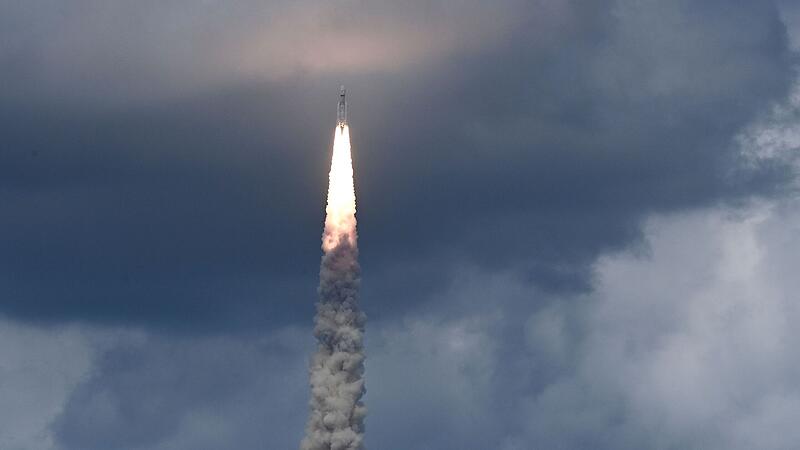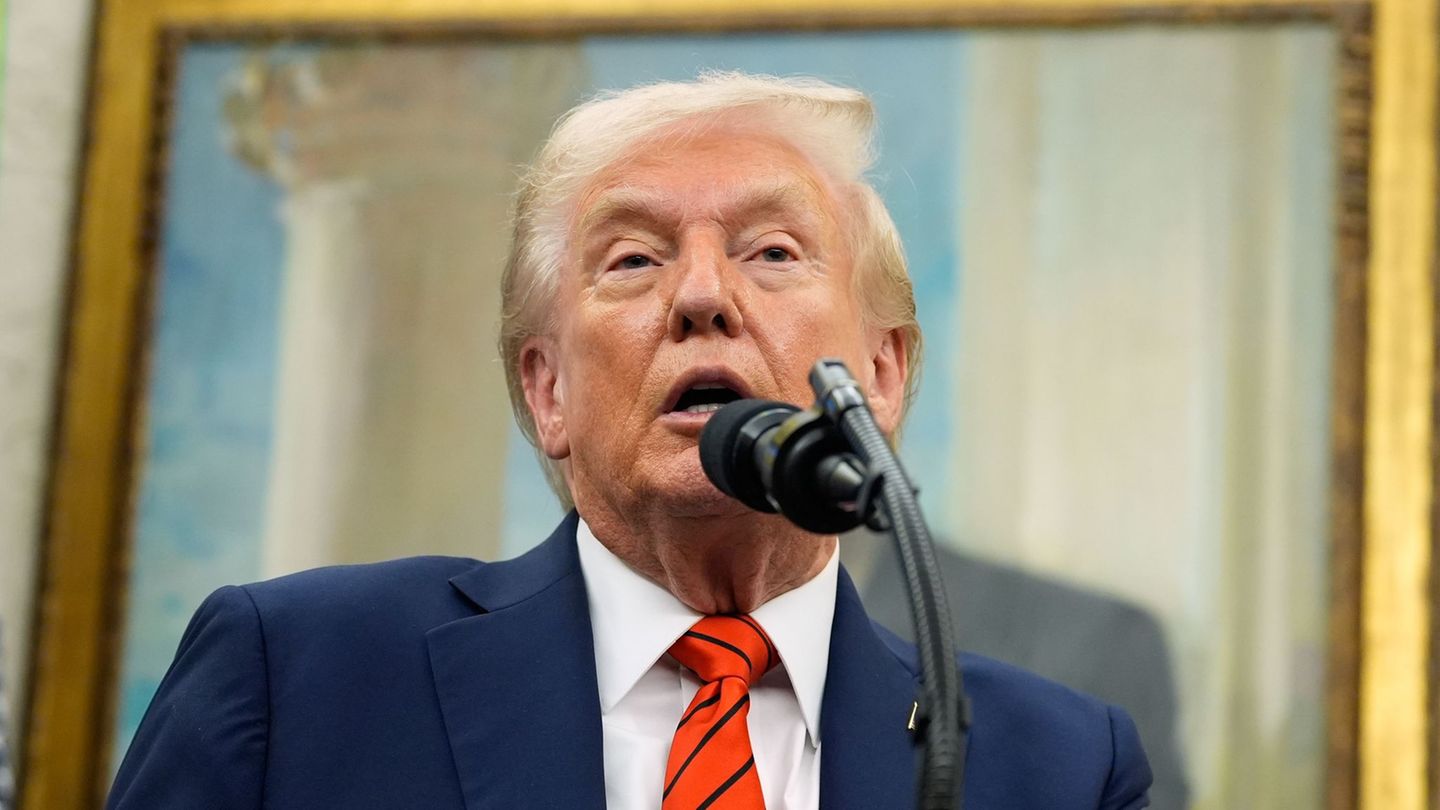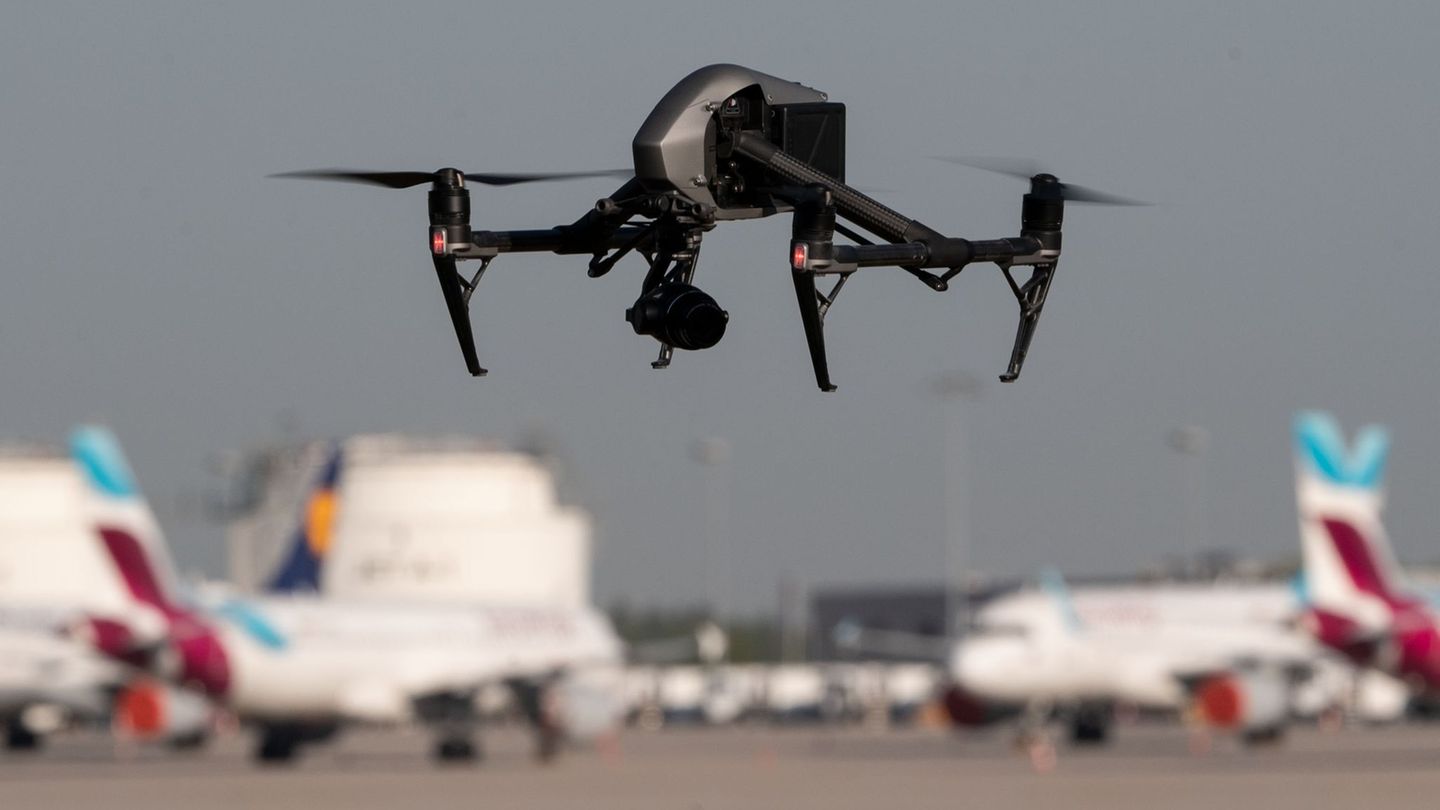Image: APA/AFP/R. SATISH BABU
After a failed attempt at a moon landing in 2019, India is now trying a second time: On Friday at 2:35 p.m. local time, the space agency ISRO sent a rocket with a moon probe on board from the Satish Dhawan Space Center in the state of Andhra Pradesh in the direction of the moon. “Start is normal,” it said, while the white rocket rose into the cloudy sky. Numerous people from all over the world watched the historic event.
With the unmanned mission Chandrayaan-3, India wants to explore the rarely explored south pole of the moon. First, however, a controlled moon landing must work, which is scheduled to take place on August 23rd or 24th. Chandrayaan means “lunar vehicle” in Sanskrit.
A prestige project
If all goes according to plan, India would become the fourth country to successfully land on the moon, after the former Soviet Union, the United States and China. Because for India, the moon mission is also an economically important prestige project. In the future, the country would like to act as a space service provider in South Asia and enable its neighbors to have their own satellite communications.
Rajkumar Ranjan Singh is Minister of State in the Indian Ministry of Foreign Affairs and promotes the wide range of possible applications for emerging and developing countries: “Space technology increases predictability – for example of the effects of climate change on crops, that’s about food security.”
But a look at possible natural disasters or the distribution of economic growth is also conceivable. “These are all uncertainties that particularly affect the developing countries in the Global South. Space technology and space economy can help us to achieve sustainable development goals,” said the Minister of State.
It’s also about safety
However, space travel is not only interesting for India as a business model, but also for future security policy. For example, when it comes to getting your own regional navigation system off the ground. That could work independently of the US GPS, explains India’s top space engineer Somanath.
“We need our own systems in case we need to protect ourselves.” That’s why they designed a concept called NavIC. “It’s not a global system, like the US GPS, which is a global military power. We’re not,” Somanath admits, adding: “Rather, we were thinking about what a regional navigation system would look like just for India and its neighboring countries could and how it can serve our strategic purposes.”
next plans
And if the moon landing project is successful, the Indian Space Agency is already planning its next project – India’s first manned mission into space.
But the Indian space plans are not only being celebrated in the country: some experts criticize that the emerging country with its 1.4 billion inhabitants spends far too much money on large space projects, while many people in the country live in poverty.
Source: Nachrichten




